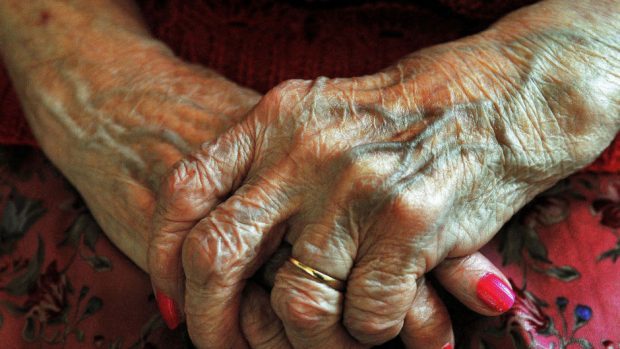Aberdeenshire councillors are expected to make a final u-turn on a controversial care charges policy today, one year after it was first agreed.
Last year members of the north-east’s social work and housing committee voted to scrap the contribution cap on social care in the region, bumping many residents’ care bill up by thousands of pounds.
The policy sparked outrage when it came into effect in April and councillors quickly reopened the debate on the charges.
In September members of the social work committee – who unanimously voted to introduce the policy last year – backtracked and increased the threshold at which the charges are introduced from £16,000 to £26,250.
They also called for the charges to be phased in over a period of five years. When Aberdeenshire’s full council meets todaythey will vote on this u-turn.
However, the phasing may not apply to people who have already started paying at the higher rate – care chiefs have warned retrospectively changing the scheme would cost the council around 1500 man hours of work to reassess every client.
Banchory resident Kitty Austin, who’s mother uses care services in Aberdeenshire, has campaigned against the charging and has written to all councillors ahead of the debate.
She said: “The social work and housing committee has accepted that the charging policy dealt badly with clients who were residents of very sheltered housing before April.
“Over the last couple of years the new social care policy incrementally put in place resources that changed the whole ethos of very sheltered housing, then in April, officers, without warning or client representation, implemented a long-planned charging policy that imposed on self-funders massive increases to pay for the extra resourcing.”
